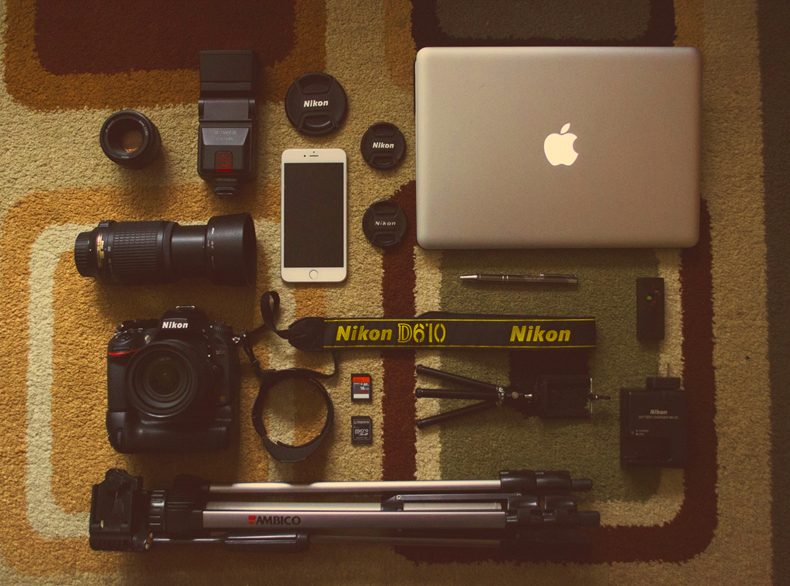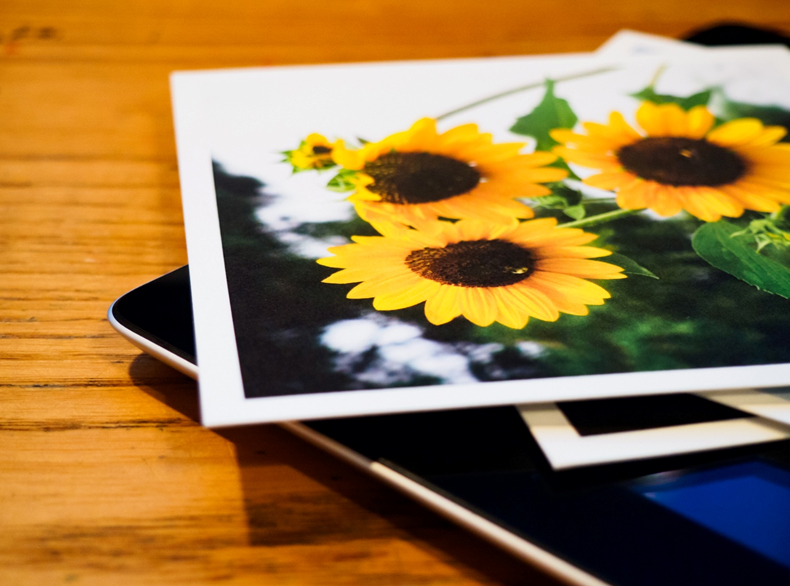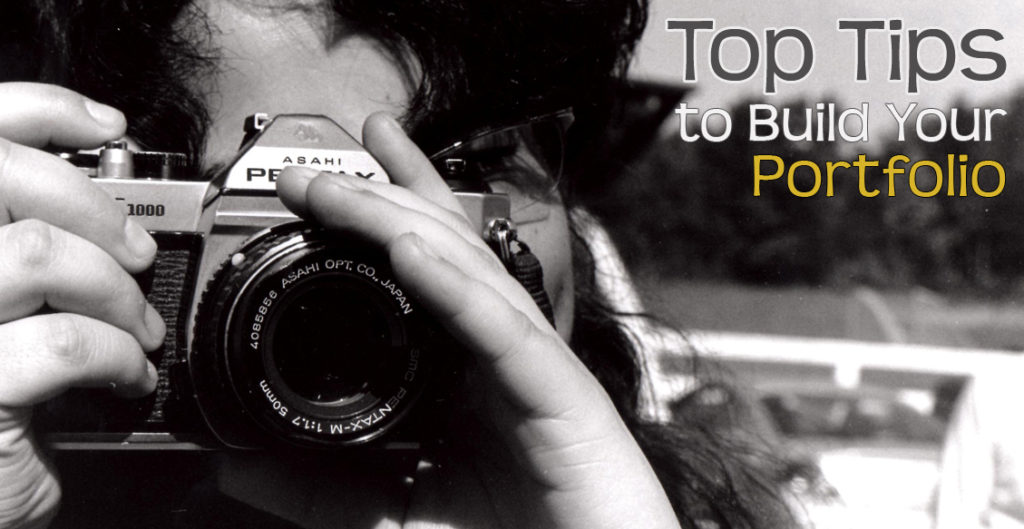The creative industries are as competitive as ever and with so many ways in which you can present your work, the need for a concise, not to mention outstanding, portfolio is essential if you want to succeed in the arts. You may already have a portfolio that needs a little work, or it may be one of those things that’s on your never ending to do list, but quite frankly if you are putting it off then you will be missing out to those who have taken the time to develop and build their portfolio.
Maybe you’re stuck for where to start, or perhaps you want to know how to update and build on your existing portfolio? Either way, this guide has all you need to know to get your portfolio in tip top shape, and help you to promote yourself no matter what creative industry you are in.
Be Organised
It’s all too easy to create a portfolio and think you’ve ticked the box, but being lazy in your approach won’t do you any favours long term. The creative industry is continually evolving as is your style and that should be reflected in your portfolio.Admittedly, it can be a costly affair to continually update your portfolio but create a time schedule of when you want to update yours to ensure you’re always at the top of your game. You’ll also need to keep your files up to date and organise your photos in a way you find easy to use, this way when it comes to updating your portfolio you won’t waste time searching for images. Keeping updated online is far easier to do thanks to social platforms that allow you to share and update your creative work in real time. There are a number of online portfolio sites which work in a similar way to updating a blog, but visual platforms such as Instagram and Pinterest can allow you to share work socially and reach a wider audience. Just remember to include a watermark and caveat for people on your images though.

Quality not Quantity
Quality not quantity is a phrase which is often banded about in many aspects of life, but when it comes to your portfolio the saying has never been truer. Keeping your work concise will not only help the viewer retain interest but it will allow you to carefully select only your best work. Naturally, you will be inclined to think all of your work is your best (and why wouldn’t you), but really take the time to edit it down and select your best pieces. If you are struggling enlist the help of a trusted friend, or even a client to select which pieces of work first gained their interest. Taking yourself out the equation will allow you to see what others see in your work, and what future clients will hopefully see too. Pick a range of images that show off the different types of photography you take and the services you offer, this way no matter what the client wants they will be able to see an example of the finished piece. Pictures really do say a thousand words, so let them do the talking.
Keep a Structure
It goes without saying that consistency is key when it comes to creating an easily followed design layout, but you probably already know that from working in the creative industry. Keep page layouts the same, and use repetitive design elements across each page so that your work flows. Limit yourself to a maximum of 10 pieces in your portfolio so that you don’t lose structure, and keep projects to a set amount of pages to avoid them overlapping into one another and to keep consistency. Set the context of each piece of work, and ensure you include the background and initial proposal, and how you created the finished piece. Including this information will allow you to share your creative process and explain each piece of work.

Offline Presentation
In the digital work it can be all too easy to neglect your offline presentation, after all a swish digital presence is pretty easy to create these days, but don’t be fooled into thinking offline doesn’t matter. In fact, it’s more important than ever to ensure that you’re up to scratch offline too. Many people still enjoy having something tangible to takeaway, and having something physical to show or give a client at a tradeshow can help to keep you are the forefront of their mind above your competitors. Handing out a branded USB stick is the perfect way to keep it unique, plus you can update what you keep on it meaning, it won’t go out of date as quick as a printed portfolio – the USB really is the perfect online/offline hybrid. Building your portfolio shouldn’t feel like a chore and with a little organization and creativity, who knows where your portfolio will take you.
